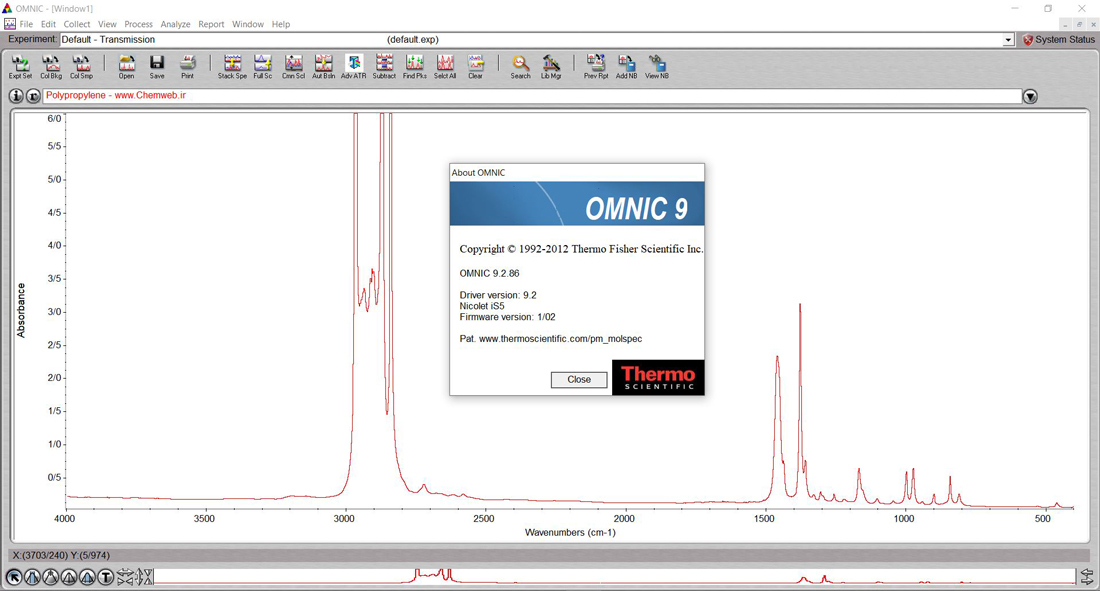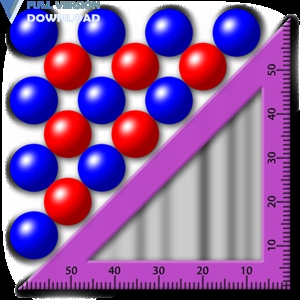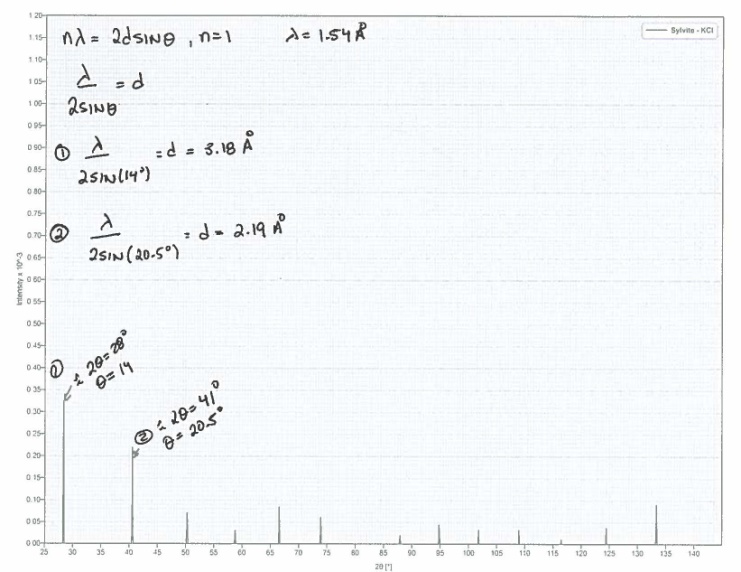

Auto-recognition of Schoenflies symbols and/or spacegroup numbers. Crystaldiffract database full#
Auto-recognition of short and full international spacegroup symbols for all 230 conventional spacegroups, plus all alternate settings listed in the International Tables for Crystallography. (B ij values are used internally, and can be read from text files.) Accepts atomic displacement parameters as isotropic parameter (U iso), or anisotropic (U ij). Accepts coordinates as decimals or fractions, with automatic syntax checking. Formula input can be used (e.g., "T1" with Al 0.75 Si 0.25), without requiring use of duplicate mono-atomic sites (e.g., one "T1" with Al 0.75 second overlapping "T1" with Si 0.25). Unlimited numbers of chemical occupants per site - e.g., to allow for subsitutional disorder. Build any crystal structure, using the Crystal Editor: spacegroup, unit cell parameters plus asymmetric unit. Calculates vibrational modes, including frequencies and simulated infra-red spectrum, plus interative visualizations of vibrations in the Vibrations Explorer. Provides energy output, available in graphical form during the course of the refinement cycle, and later, via a menu command. (Parameterised potentials calibrated using DFT, for greater accuracy.) Uses the best-available MM3 potentials, falling back onto UFF (Universal Force Field) where necessary. Hybrid least-squares cycle added to provide greater precision in the closing stages of refinement. 
Monte Carlo technique allows relaxation of structures far from equilibrium - e.g., crude, hand-drawn structures with excessive bond lengths and distorted bond angles!.Smart selection of potentials, based on bonding environment: requires no additional user input.

Force field approach, using parameterised potentials (MM3 where possible, otherwise UFF).Provides energy minimization for new H positions, leaving the remainder of the molecule unchanged - hence ideal for adding H atoms to an "X-Ray Structure". Option to relax a selected group of atoms, independently of the rest of the structure: ideal for working with extended, macro-molecular structures.Use the Relax Molecule command to optimize your molecule, via a sophisticated Monte-Carlo algorithm that takes into account the existing bonding, and auto-identifies carbon hydridisation.Selection menu provides commands to duplicate, detach, move or edit any group of selected atoms.Atom Picker palette lets you change the atom type associate with the Add Atom tool.Shift-click to simultaneously add an atom and a bond. Click with the Add Atom tool to define the positions of new atoms.







 0 kommentar(er)
0 kommentar(er)
